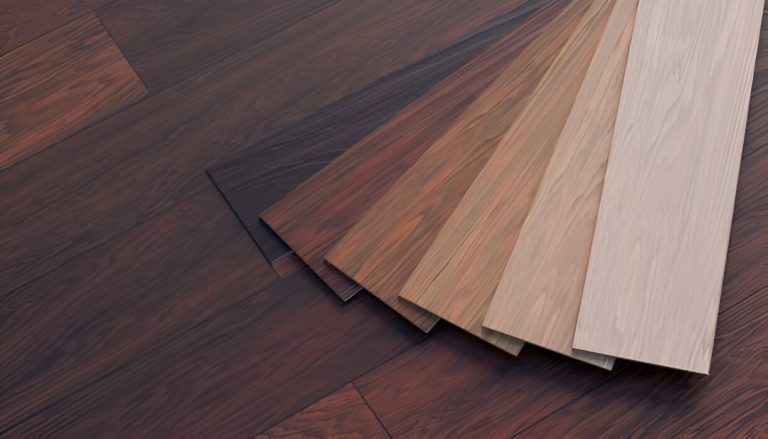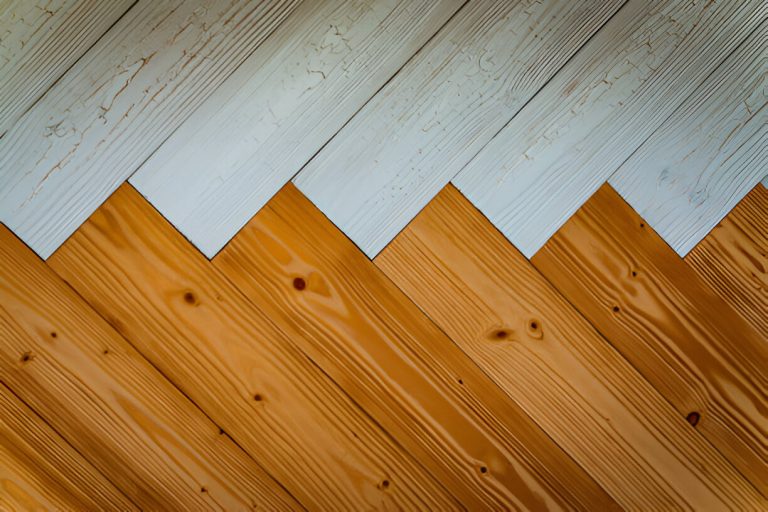Hardwood flooring is often associated with living rooms, dining rooms, and even bedrooms, but did you know it can also be used in bathrooms? While hardwood may not seem like the most obvious choice for such a moisture-prone area, there are ways to incorporate this stylish and timeless flooring into your bathroom. With a little planning and the right approach, hardwood can elevate the look of your bathroom, adding warmth and elegance that other materials just can’t offer.
Here are three ways to successfully use hardwood flooring in a bathroom:
1. Opt for Engineered Hardwood Flooring
One of the main concerns with using hardwood in a bathroom is moisture. Regular hardwood can absorb water, leading to warping, swelling, or even cracking over time. However, engineered hardwood flooring is designed to combat these issues. It consists of a plywood base with a hardwood veneer on top, making it more resistant to moisture while still giving you the beautiful look of natural wood.
Engineered hardwood has a more stable structure compared to solid hardwood, which makes it an ideal choice for humid environments like bathrooms. It holds up well against moisture fluctuations and, when sealed properly, can last for many years without issue. If you’re considering hardwood for your bathroom, engineered wood is definitely the way to go. Not only will it look stunning, but it’s also designed to withstand the challenges of a damp environment.
2. Add a Waterproof Finish
To further protect your bathroom hardwood flooring, adding a waterproof finish is key. This is especially important if you’re using solid hardwood instead of engineered wood. A high-quality, waterproof sealant will create a barrier between the wood and any moisture that may come into contact with it, keeping your floor protected from damage.
There are various finishes available, including polyurethane or oil-based sealants, which can create a strong protective layer over your hardwood floor. Make sure to reapply the sealant periodically to maintain its water-resistant properties and prevent any potential issues. This will ensure your bathroom remains both functional and stylish without compromising on the longevity of your hardwood.
3. Use Rugs and Mats Strategically
In a bathroom, it’s impossible to completely avoid water spills or dampness. That’s why it’s essential to use rugs and mats in key areas like near the sink, shower, or bathtub. These will help absorb excess moisture and prevent water from seeping into the hardwood flooring.
Choose rugs with non-slip backing to ensure they stay in place and don’t cause any accidents. Plus, adding stylish, well-placed rugs can enhance the look of your bathroom and tie the whole space together. This simple solution can go a long way in preserving the condition of your hardwood flooring, especially in high-traffic areas where water is most likely to accumulate.
Conclusion
Using hardwood flooring in a bathroom may seem unconventional, but with the right approach, it can be a stunning and practical choice. Opting for engineered hardwood, applying a waterproof finish, and strategically placing rugs can all help maintain the durability and beauty of your bathroom hardwood flooring.
For homeowners in New York looking to incorporate hardwood into their bathrooms, partnering with one of New York’s best flooring renovation services can ensure a smooth and professional installation. By taking the necessary precautions, you can enjoy the timeless beauty of hardwood flooring in your bathroom for years to come.



